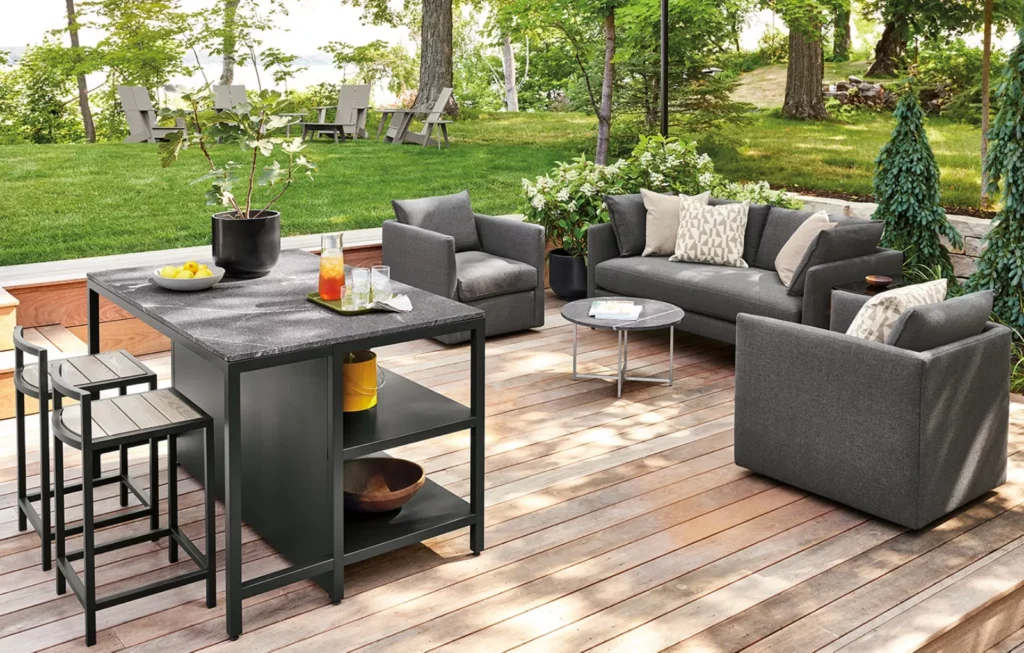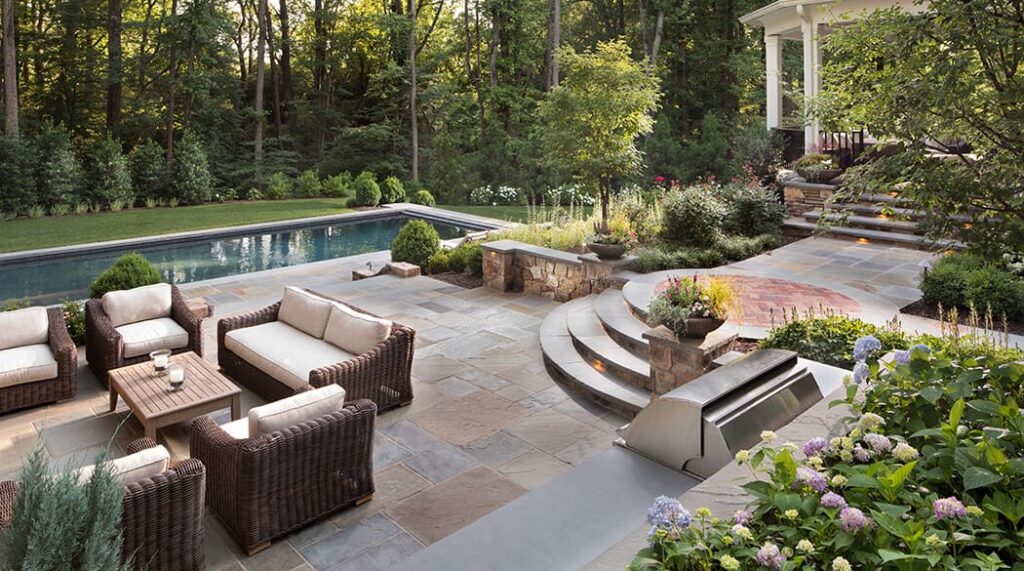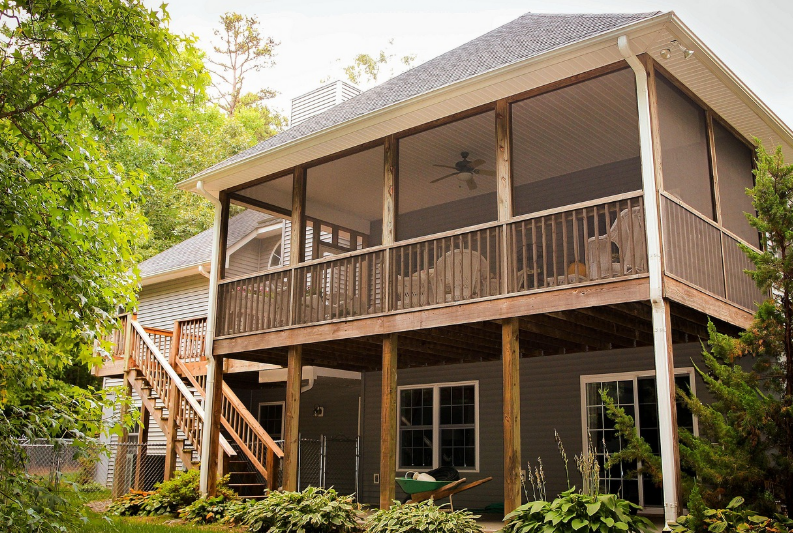The boundaries between our indoor and outdoor living areas continue to blur, creating exciting opportunities for expanded living space and deeper connections to nature. As homeowners seek to maximize every square foot of their property, the transition zone between house and yard has become prime real estate for creating functional, beautiful areas that serve multiple purposes throughout the year.
Creating spaces that flow naturally between interior and exterior environments allows for versatile living that adapts to changing seasons, entertaining needs, and daily life. Let’s explore how to design truly seamless indoor-outdoor environments that enhance your lifestyle and home value.
Architectural Elements that Bridge Spaces
The foundation of any successful indoor-outdoor area lies in its architectural framework. Consider how doorways influence the relationship between spaces. Traditional hinged doors create clear boundaries, while sliding glass walls essentially remove barriers completely when open. French doors offer classic appeal with more defined transitions.
Flooring continuity significantly impacts how connected spaces feel. Materials like concrete, certain porcelains, and some hardwoods can extend from interior to exterior with minimal visual disruption. When using different materials, choosing complementary colors and textures helps maintain the sense of flow.
Level changes present both challenges and design opportunities. Steps down to a patio create natural zone definition, while flush transitions make wheelchair accessibility easier and visually expand smaller spaces.
Furniture that Functions Anywhere

Select pieces that blur the lines between indoor and outdoor living. Today’s weather-resistant materials have advanced significantly, with outdoor sofas and chairs that rival their interior counterparts in comfort and style.
Consider modular furniture that can be reconfigured as needs change. A sectional might extend into the outdoor area during pleasant weather, then contract to indoor-only configurations during extreme conditions.
Material selection proves critical. Teak, aluminum, all-weather wicker, and performance fabrics stand up to varied environments while maintaining sophisticated appearances. Look for pieces specifically engineered to handle occasional moisture or sun exposure without sacrificing style.
Lighting for Extended Enjoyment
Thoughtful lighting transforms indoor-outdoor spaces from merely functional to truly magical. Create layers of illumination that serve both practical and aesthetic purposes.
String lights, lanterns, and strategically placed lighting extend enjoyment well into evening hours. Smart lighting systems allow for atmospheric adjustments with minimal effort, creating dinner party ambiance or bright task lighting for outdoor cooking.
Solar options have improved dramatically, offering sophisticated designs that charge during daylight hours and activate automatically at dusk. These sustainable choices look beautiful while requiring no electrical work.
Climate Control and Comfort Considerations
Extend your outdoor season with strategic comfort elements. Overhead fans create comfortable breezes in warmer months, while outdoor heaters and fire features make cool evenings enjoyable.
Consider retractable awnings or pergolas with adjustable louvers that provide sun protection without permanently blocking light. These flexible options adapt to changing conditions throughout the day and seasons.
Insect management remains essential for truly enjoyable indoor-outdoor living. Beyond wondering “do mosquitoes die after they bite you“, focus on preventing them from accessing your space altogether. Elegant screening solutions, decorative citronella vessels, and even strategically placed air curtains provide protection without compromising aesthetics.
Color and Visual Continuity

Choose color palettes that flow naturally between inside and out. Nature-inspired tones create harmony, while occasional bold accents add visual interest and help define different functional zones.
Extend your interior style to outdoor spaces through carefully selected accessories. Weather-resistant art, outdoor-safe throw pillows, and versatile side tables help spaces feel intentionally designed rather than simply furnished.
Consider views from multiple angles. How does the patio look from your kitchen? What do you see looking back into the house from the garden? These sight lines influence how connected the spaces feel.
Practical Considerations for Real Life
Plan for easy transitions between spaces with convenient storage for items that need quick protection from weather. Decorative bins, weather-sealed cabinets, and hidden compartments keep necessities close without creating visual clutter.
Consider how spaces will function during different weather scenarios. A covered portion of a deck or patio provides usability during light rain, while full indoor spaces with abundant windows maintain connection to nature during extreme conditions.
Think seasonally about your design. Lightweight curtains might provide summer shade and privacy, while being easily removed when fall brings desirable sunshine.
Creating truly seamless indoor-outdoor living requires thoughtful planning, but the results transform how you experience your home. These transition spaces often become the most beloved areas, combining the comfort of interior rooms with the refreshing elements of nature. With carefully selected furnishings and accessories, your indoor-outdoor space will feel cohesive, functional, and beautifully styled throughout the year.

